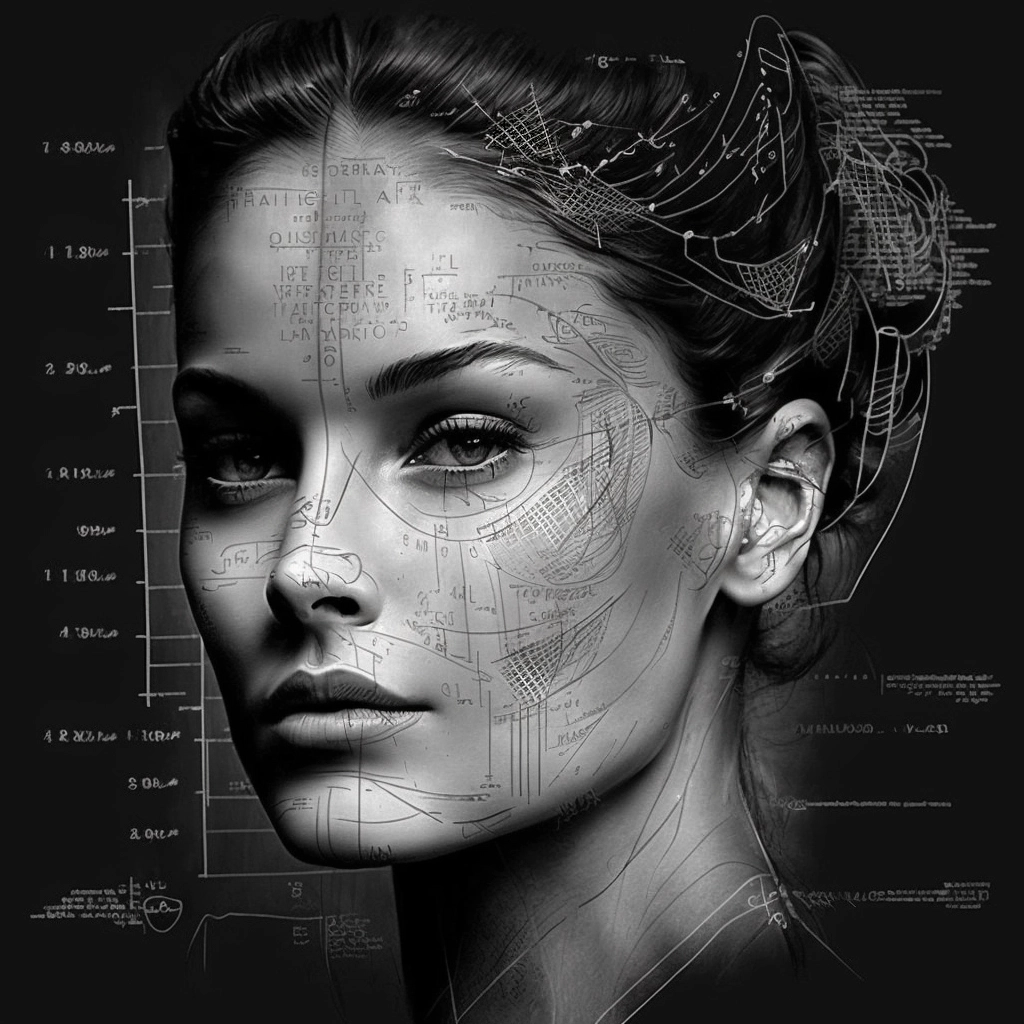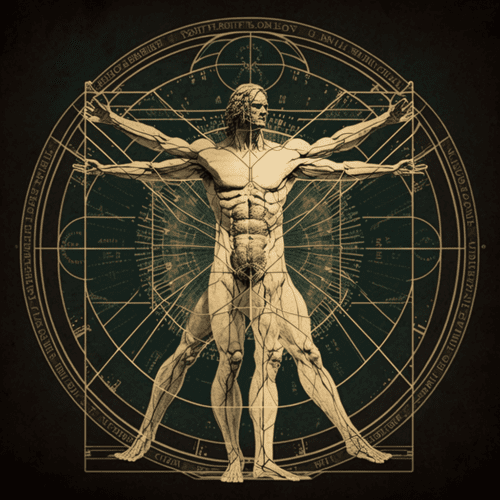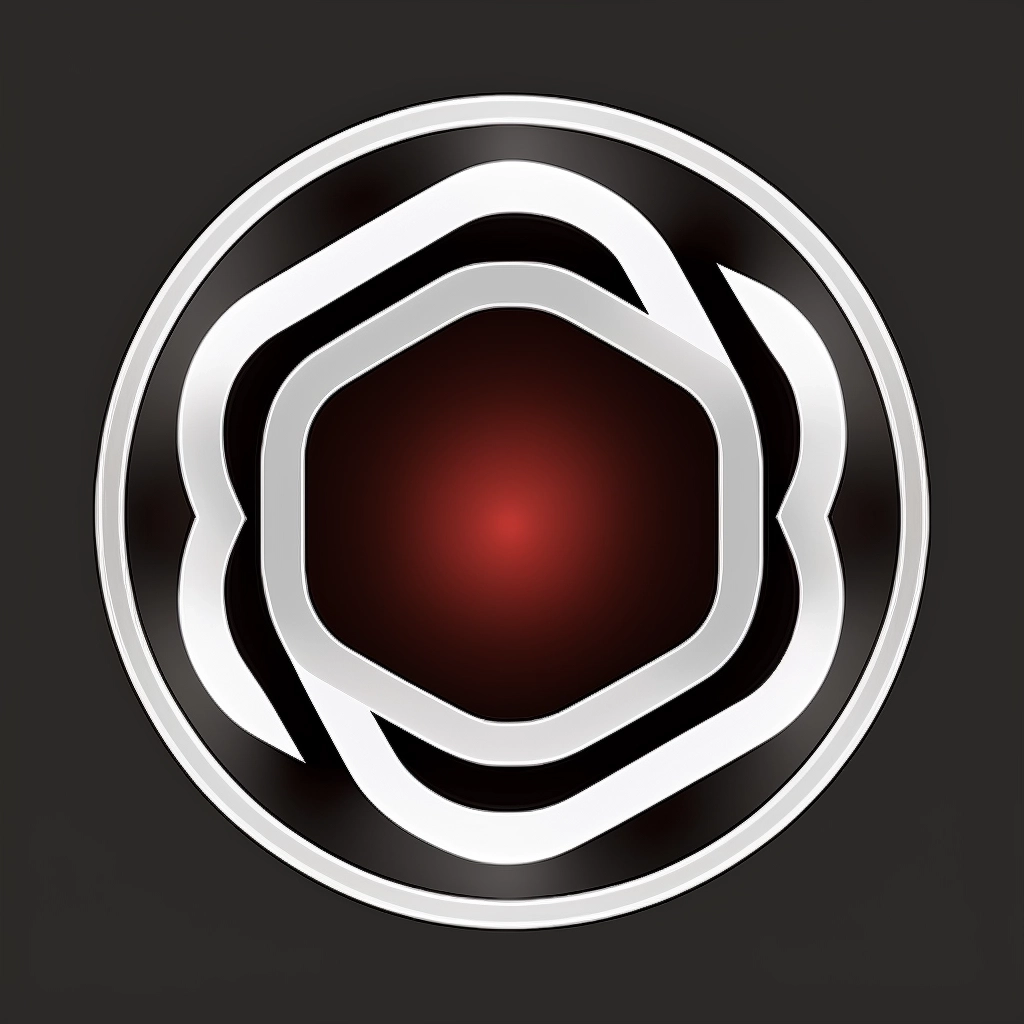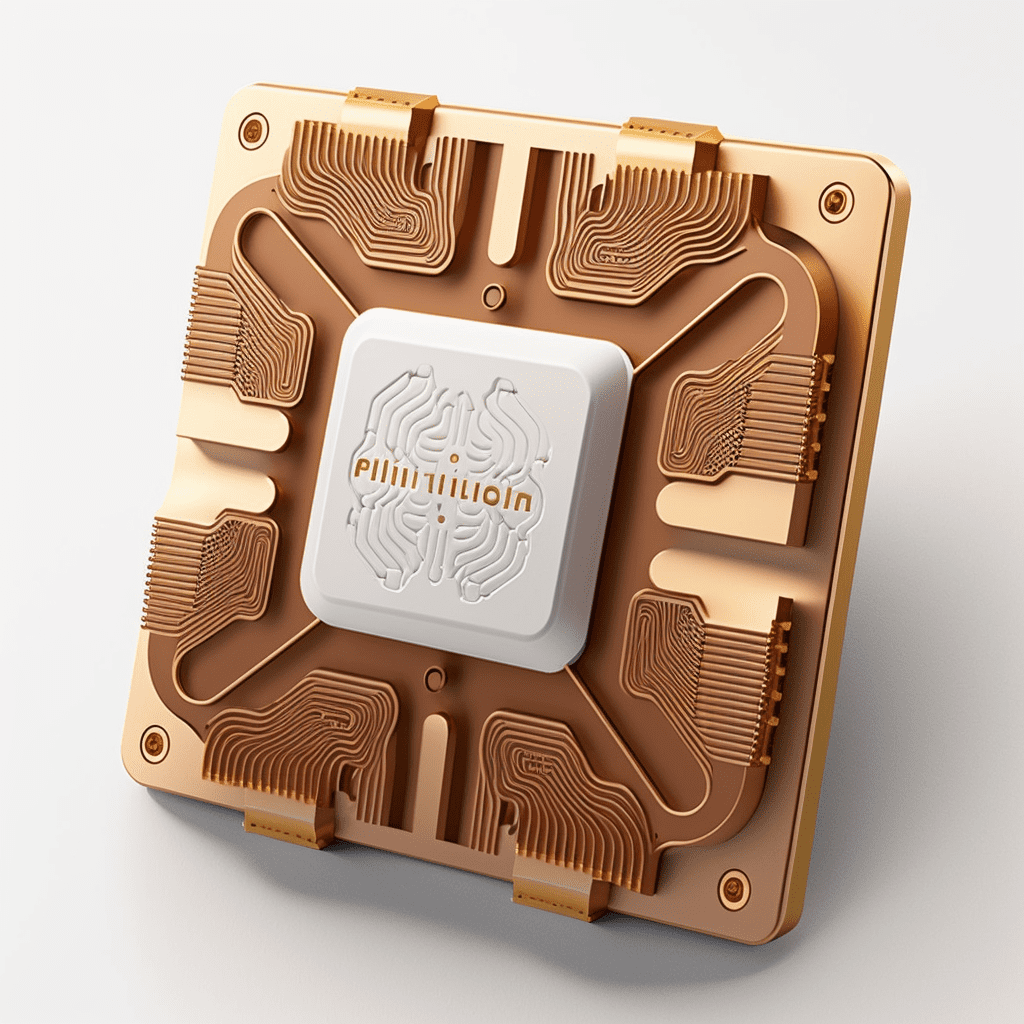Here’s a list you probably hope you don’t make. I tasked #chatgpt with documenting a list of jobs that are likely to be replaced or drastically optimized by 2030. The context a realistic advancement of LLM’s (large language models), zero code, augmented and virtual reality, and similar technology. For each role it estimated the % of layoffs, efficiency improvements and which technologies would be most relevant to obsolescence. The entire article below is 100% written by AI without any human editing.
Jobs Most Affected By AI
- Customer Service Representatives | 80% | 15:1 | AI chatbots and virtual assistants will handle most customer inquiries, complaints, and basic troubleshooting, leaving human reps to handle only the most complex cases | LLMs, AI applications, zero code
- Warehouse Workers | 60% | 7:1 | Automation of inventory management, order picking, and packing will lead to a reduced need for warehouse workers, while collaborative robots will assist the remaining workers in their tasks | Robotics, AI applications, augmented reality, IoT
- Data Entry Clerks | 95% | 50:1 | AI-powered data extraction and processing tools will handle the vast majority of data entry tasks, making manual data entry obsolete | LLMs, AI applications, zero code, OCR
- Retail Salespersons | 40% | 4:1 | AI-powered kiosks, chatbots, and virtual reality (VR) shopping experiences will significantly reduce the need for in-person sales staff in brick-and-mortar stores | AI applications, virtual reality, LLMs, zero code
- Taxi/Truck Drivers | 70% | 8:1 | Autonomous vehicles will replace a significant portion of human drivers, while remaining drivers will manage fleets of self-driving vehicles or handle more specialized transportation tasks | Autonomous vehicle technology, AI applications, IoT
- High School Teachers | 35% | 3:1 | Custom curated courses tailored to individual learning styles and paths will change the role of teachers from instructors to class supervisors, though a significant portion will remain for specialized subjects and personal development | Language models, augmented reality, image generation, audio generation, video generation
- Travel Agents | 90% | 20:1 | AI-driven travel planning tools and virtual reality experiences will significantly reduce the need for human travel agents, who will focus on highly customized travel experiences | LLMs, AI applications, virtual reality
- Bank Tellers | 75% | 10:1 | AI-powered banking kiosks and mobile apps will handle most transactions, reducing the need for human tellers, who will focus on complex customer service tasks | AI applications, LLMs, zero code, IoT
- Manufacturing Assembly Line Workers | 65% | 6:1 | Robotics and automation will perform the majority of repetitive assembly tasks, while human workers will focus on quality control and more intricate assembly processes | Robotics, AI applications, IoT
- Translators | 60% | 8:1 | Advanced language models and machine translation tools will handle the bulk of translation work, with human translators focusing on nuanced and highly specialized content | LLMs, AI applications, zero code
- Paralegals | 50% | 5:1 | AI-driven legal research tools and document generation will drastically reduce the workload of paralegals, who will shift their focus to more complex legal matters | LLMs, AI applications, zero code
- Radiologists | 30% | 2:1 | AI image recognition and analysis will aid radiologists in diagnosis, increasing their efficiency and reducing the need for as many specialists | AI applications, image recognition, deep learning
- Newspaper Reporters | 50% | 5:1 | AI-generated content and natural language processing will handle the bulk of news writing, with human reporters focusing on investigative journalism and in-depth analysis | LLMs, AI applications, zero code
- Librarians | 40% | 4:1 | AI-powered search engines, digital archiving, and virtual reality experiences will reduce the need for librarians, who will shift to specialized roles in curation, preservation, and research | AI applications, LLMs, virtual reality
- Real Estate Agents | 45% | 4:1 | AI-driven property search platforms, virtual reality tours, and advanced data analytics will lead to a reduced need for real estate agents, who will focus on negotiation and personalized service | AI applications, virtual reality, LLMs, zero code
- Architects | 20% | 1.5:1 | AI-driven design software and generative design tools will optimize the design process, allowing architects to focus on more creative and personalized aspects of design | AI applications, LLMs, augmented reality
Professionals Most Affected By AI
- Investment Managers | 60% | 6:1 | AI-driven financial analysis and decision-making tools will automate a significant portion of investment management tasks, with human managers focusing on high-level strategies and complex investments | AI applications, LLMs, zero code
- Venture Capitalists | 30% | 2:1 | AI-driven predictive analytics will support VCs in identifying and evaluating startups, but human VCs will still be crucial for the negotiation, relationship-building, and mentoring aspects of the role | AI applications, LLMs, zero code
- Structural Engineers | 45% | 3:1 | Advanced AI algorithms and generative design tools will automate the majority of routine structural analysis tasks, while human engineers focus on innovative and challenging projects | AI applications, LLMs, zero code
- Surgeons | 40% | 2:1 | Robotic surgical assistants and AI-driven surgical planning tools will enhance the efficiency of surgeons, but the demand for human surgeons will remain for complex and specialized procedures | AI applications, robotics, IoT
- Human Resources Managers | 50% | 4:1 | AI-driven recruitment, employee evaluation, and talent management tools will automate many HR tasks, with human managers focusing on strategy, employee relations, and complex HR issues | AI applications, LLMs, zero code
- Software Developers | 25% | 1.5:1 | AI-generated code and zero-code platforms will automate some aspects of software development, but human developers will remain crucial for creative problem-solving, complex systems, and innovative projects | AI applications, LLMs, zero code
- Marketing Managers | 40% | 3:1 | AI-driven content generation, customer segmentation, and ad targeting will automate many marketing tasks, while human managers focus on strategy, creativity, and brand development | AI applications, LLMs, zero code
- Urban Planners | 30% | 2:1 | AI-driven data analysis and simulation tools will optimize urban planning processes, but human planners will still be needed for community engagement, policy development, and innovative solutions | AI applications, LLMs, augmented reality
- Clinical Psychologists | 20% | 1.2:1 | AI-driven mental health diagnostic tools and therapeutic chatbots will support clinical psychologists, but the demand for human therapists will remain high for personalized therapy and complex cases | AI applications, LLMs, zero code
- Pharmaceutical Researchers | 40% | 3:1 | AI-driven drug discovery and molecular modeling tools will automate aspects of pharmaceutical research, but human researchers will still be needed for experimental design, clinical trials, and innovative projects | AI applications, LLMs, deep learning
Skills to Survive AI
To prepare for potential displacement and remain competitive in the job market, workers should consider acquiring the following skills and take these immediate steps:
- Develop digital literacy: Familiarize yourself with the technology being used in your industry, including software, automation tools, and AI applications. Gaining a basic understanding of these technologies will help you adapt to new systems and processes that are introduced into your workplace.
- Focus on soft skills: Skills like critical thinking, problem-solving, emotional intelligence, and adaptability are difficult for AI and automation to replicate. Strengthening your soft skills will make you more valuable in roles that require human intuition and empathy.
- Embrace lifelong learning: Stay informed about industry trends and continuously update your skills by participating in workshops, online courses, and professional certifications. Adopting a growth mindset and a commitment to lifelong learning will help you stay ahead of the curve in your field.
- Explore cross-disciplinary skills: Acquire skills and knowledge from related fields, such as data analysis, project management, or design thinking. This will make you more versatile and better prepared to transition into new roles or industries if needed.
- Network and seek mentorship: Cultivate relationships with industry professionals, join professional associations, and attend conferences to expand your network. Seek out mentors who can provide guidance on career development and help you identify opportunities for growth.
By focusing on these areas, workers can improve their chances of remaining relevant and valuable in their industries, even as AI and novel technologies continue to advance.
Decision Rational
I took into account the most relevant technologies for each job role, including some that were not explicitly listed, such as OCR for data entry clerks, IoT for warehouse workers, robotics for manufacturing assembly line workers, image recognition for radiologists, and deep learning for pharmaceutical researchers. My goal was to provide a comprehensive and accurate description of the technologies that are likely to impact each profession. The % reduction and efficiency ratio are influenced by several factors, which may not always be directly proportional. Here’s a breakdown of the factors and a rationale for the differences between % reduction and efficiency ratio:
- Adoption rate: The speed at which new technologies are adopted by businesses and individuals has a significant impact on the % reduction. A slower adoption rate can result in a lower % reduction, even if the efficiency ratio is high.
- Complexity of tasks: Some jobs involve complex tasks that require human intuition, creativity, or empathy. In such cases, even if AI and novel technologies significantly optimize certain aspects of the job, the overall % reduction may be lower because human involvement remains crucial.
- Regulatory and ethical constraints: Certain industries are heavily regulated, and the use of AI and automation might face ethical or legal constraints. These constraints can limit the % reduction in human workforce even if the efficiency ratio is high.
- Human-AI collaboration: In many cases, AI and novel technologies are designed to complement human workers, not replace them entirely. The efficiency ratio represents the potential productivity increase due to AI assistance, but the % reduction might be lower if the focus is on collaboration rather than replacement.
- Job evolution and new opportunities: As AI and novel technologies optimize or replace some job roles, new opportunities may emerge for human workers in the same field. This can lead to a lower % reduction, as workers shift to new roles or specialize in areas where AI is less capable.
- Market demand and growth: In some industries, demand for services or products may be growing rapidly. In these cases, even if the efficiency ratio is high, the % reduction might be lower, as the total number of jobs in the industry could still be increasing.
In summary, the % reduction and efficiency ratio may differ because they are influenced by a combination of factors, such as the speed of technology adoption, the complexity of tasks, regulatory constraints, human-AI collaboration, job evolution, and market demand. It is essential to consider these factors when estimating the impact of AI and novel technologies on the workforce.
Final Thoughts
In a world where AI looms over the job market like a giant technological shadow, even smug, most self-assured professionals might find themselves questioning their job security. As modern Darwinism takes hold, it’s no longer survival of the fittest, but survival of the quickest to adapt and learn new skills. So, kick back, sip your coffee, and enjoy the calm before the storm. After all, everything will be just fine… right? But remember, complacency is a luxury you can’t afford in this fast-paced world. So, embrace the change, keep your skills sharp, and maybe, just maybe, you’ll survive the great AI takeover. Good luck, fellow humans. We’re all in this together – until our AI overlords decide otherwise.







